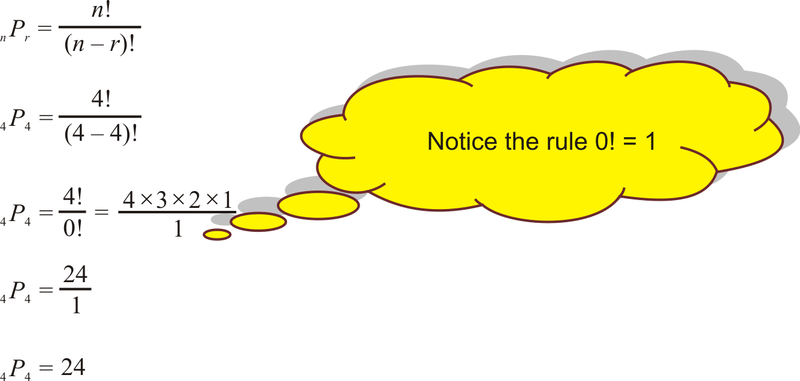Arithmetic progression is a sequence of numbers in which the difference of any two adjacent terms is constant. The constant difference is commonly known as common difference and is denoted by d. Examples of arithmetic progression are as follows:
Example1:
3, 8, 13, 18, 23, 28 33, 38, 43, 48
The above sequence of numbers is composed of n = 10 terms (or elements). The first term a1 = 3, and the last term an = a10 = 48. The common difference of the above AP is d = 8 - 3 = 13 - 8 = ... = 5.
5, 2, -1, ...
This AP has a common difference of -3 and is composed of infinite number of terms as indicated by the three ellipses at the end.
Formula for Arithmetic Progression (AP):
Common difference, d
The common difference can be found by subtracting any two adjacent terms.
Value of each term
Each term after the first can be found by adding recursively the common difference d to the preceding term.
Each term after the first can be found by adding recursively the common difference d to the preceding term.
nth term of AP
The nth term of arithmetic progression is given by:
The nth term of arithmetic progression is given by:
or in more general term, it can be written as:
Sum of n terms of AP
The sum of the first n terms of arithmetic progression is n times the average of the first term and the last term.
The sum of the first n terms of arithmetic progression is n times the average of the first term and the last term.
If the last term an is not given, the following may be useful
If required for the partial sum from mth to nth terms, the following formula can be used
Geometric Progression (GP):
Geometric progression is a sequence of numbers in which any two adjacent terms has a common ratio denoted by r. Example of geometric progression is:
1, 3, 9, 27, ...
which is composed of infinite number of terms and with common ratio equal to 3.
Formula for Geometric Progression (GP):
Common ratio
The common ratio can be found by taking the quotient of any two adjacent terms.
The common ratio can be found by taking the quotient of any two adjacent terms.
nth term of GP
The nth term of the geometric progression is given by
Sum of n terms of GP
The sum of the first n terms of geometric progression is
Sum of Infinite Geometric Progression
A finite sum can be obtained from GP with infinite terms if and only if -1.0 ≤ r ≤ 1.0 and r ≠ 0.
Example 1:
Find the terms a2, a3, a4 and a5 of a geometric sequence if a1 = 10 and the common ratio r = - 1.
Solution to Example 1:
Use the definition of a geometric sequence
a2 = a1 * r = 10 * (-1) = - 10
a3 = a2 * r = - 10 * (-1) = 10
a4 = a3 * r = 10 * (-1) = - 10
a5 = a4 * r = - 10 * (-1) = 10
a2 = a1 * r = 10 * (-1) = - 10
a3 = a2 * r = - 10 * (-1) = 10
a4 = a3 * r = 10 * (-1) = - 10
a5 = a4 * r = - 10 * (-1) = 10
Example 2:
Find the 10 th term of a geometric sequence if a1 = 45 and the common ration r = 0.2.
Solution to Example 2:
Use the formula an = a1 * rn-1 that gives the n th term to find a10 as follows :
a10 = a1 * rn-1
= 45 * 0.29 = 2.304 * 10-5
Example 3:
Find a20 of a geometric sequence if the first few terms of the sequence are given by
-1/2 , 1/4 , -1/8 , 1 / 16 , ...
Solution to Example 3:
We first use the first few terms to find the common ratio
r = a2 / a1 = (1/4) / (-1/2) = -1/2
r = a3 / a2 = (-1/8) / (1/4) = -1/2
r = a4 / a3 = (1/16) / (-1/8) = -1/2
r = a3 / a2 = (-1/8) / (1/4) = -1/2
r = a4 / a3 = (1/16) / (-1/8) = -1/2
The common ration r = -1/2. We now use the formula an = a1 * rn-1 for the n th term to find a20 as follows.
a20 = a1 * r20-1
= (-1/2) * (-1/2)20-1 = 1 / (2020)
Video:
= (-1/2) * (-1/2)20-1 = 1 / (2020)
Video:















